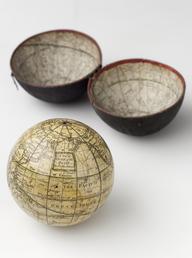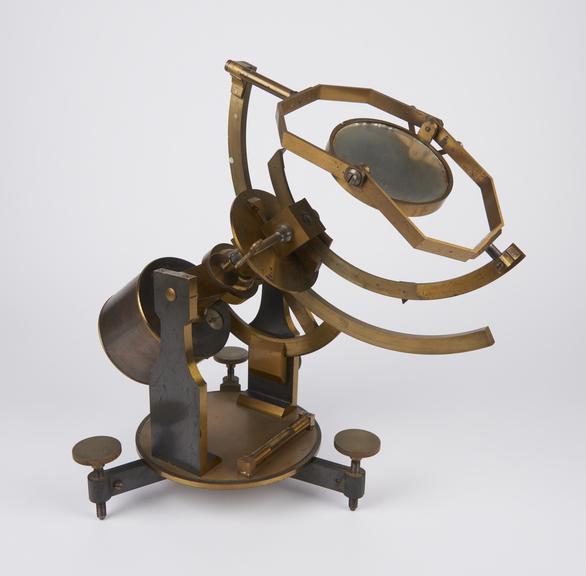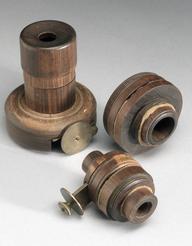


Brass astronomical heliostat with clockwork drive on adjustable stand by Jules Duboscq, Paris
Dated to the mid-nineteenth century, this heliostat was made by the Parisian instrument maker, Jules Duboscq. It consists of a mirror attached to a clockwork drive that will track the Sun over time. Before the advent of electric lighting, the heliostat provided intense illumination for instruments such as the microscope and was used in photography. Later when astronomers started to analyse the Sun with the spectroscope and record its spectrum, the heliostat was used to feed sunlight into these instruments. To resolve the greatest detail in the Sun, it was necessary to built massive spectroscopic instruments. It was therefore easier to track the Sun with a shifting mirror than to move delicate and bulky instruments.
Details
- Category:
- Astronomy
- Object Number:
- 1985-418
- Measurements:
-
overall (estimate): 400 x 320 x 280 mm
- credit:
- Trevor Philip and Sons




